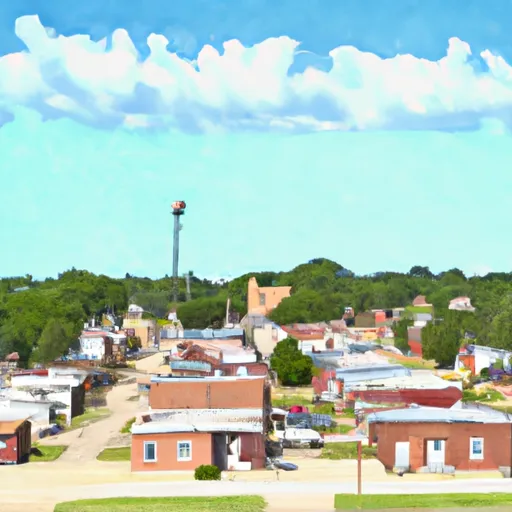Weather Forecast
Parsons receives approximately 1065mm of rain per year, with humidity levels near 84% and air temperatures averaging around 14°C. Parsons has a plant hardyness factor of 6, meaning plants and agriculture in this region thrive during a short period during spring and early summer. Most plants will die off during the colder winter months.
Regional Streamflow Levels
30
Cubic Feet Per Second
497
Cubic Feet Per Second
1
Cubic Feet Per Second
3,210
Cubic Feet Per Second
View more
Nearby Camping
| Camping Area | Reservations | Toilets | Showers |
|---|---|---|---|
| John Wells Park | |||
| Gore Landing | |||
| Brooken Cove - Eufaula Lake | |||
| Spaniard Creek - Webbers Falls Lake | |||
| Greenleaf State Park | |||
| Brewers Bend - Webbers Falls Lake |
You Might Like
Featured Destination
Nodaway Valley County Park is a beautiful destination in Iowa that offers visitors a peaceful and relaxing retreat. The park is located in southwest Iowa, near the town of Greenfield, and covers an area of over 1,200 acres. Here are some good reasons to visit Nodaway Valley County Park: 1. Nature Trails: The park features several nature trails that wind ...














